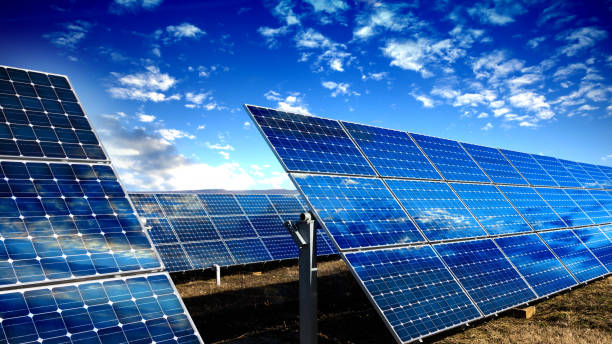Are Solar Panels Made of Fiber Glass
Solar panels have become increasingly popular as a renewable energy source, but many people wonder about the materials used in their construction. One common question is, “Are solar panels made of fiber glass?” Understanding the components of solar panels can provide insights into their durability, efficiency, and environmental impact.
What Are Solar Panels Made Of?
Solar panels are primarily made up of photovoltaic (PV) cells, which convert sunlight into electricity. These cells are typically made of silicon, a highly efficient material for capturing solar energy. However, silicon cells are fragile and require protective layers to ensure durability and functionality.
The typical structure of a solar panel includes:
- Photovoltaic Cells: Made of crystalline silicon or thin-film materials.
- Encapsulation Layers: Protect the PV cells from moisture and mechanical damage.
- Glass Cover: A tempered glass layer on the top provides transparency and shields the cells from external factors like hail or debris.
- Backsheet: The back layer, often made of polymer, offers additional protection.
- Frame: Usually aluminum, it holds all components together and provides mounting support.
The Role of Fiber Glass in Solar Panels
So, are solar panels made of fiber glass? The answer is no—fiber glass is not a primary material in traditional solar panels. Instead, tempered glass is commonly used for the top layer because it is highly durable, transparent, and resistant to weather conditions.
However, fiber glass does have applications in certain types of solar panel systems. For example:
- Portable Solar Panels: Some portable or flexible solar panels use fiber glass-reinforced plastics to enhance durability while maintaining lightweight properties.
- Solar Panel Mounting Structures: Fiber glass is sometimes used in mounting systems or support structures due to its corrosion resistance and strength.
- Specialized Applications: In niche scenarios, such as marine solar systems, fiber glass components may be integrated to withstand harsh environmental conditions.
Advantages of Tempered Glass Over Fiber Glass
While fiber glass offers impressive strength and versatility, tempered glass is the preferred material for the top layer of solar panels due to:
- Transparency: Tempered glass allows maximum sunlight to reach the PV cells, optimizing energy generation.
- Durability: It can withstand extreme weather conditions, including heavy snow, wind, and hail.
- Scratch Resistance: Unlike fiber glass, tempered glass is highly resistant to scratches, ensuring long-term efficiency.
Why Fiber Glass Isn’t Commonly Used in Solar Panels
Although fiber glass is a durable and lightweight material, it has some limitations when it comes to solar panel construction:
- Lower Transparency: Fiber glass is not as clear as tempered glass, reducing the efficiency of sunlight transmission.
- Heat Resistance: Tempered glass can endure higher temperatures without deforming, making it more suitable for solar applications.
- Cost and Scalability: The production of fiber glass-reinforced solar panels may be more expensive and less scalable for mass-market applications.
Future Possibilities
As technology advances, the use of innovative materials in solar panels continues to evolve. Fiber glass-reinforced composites might play a more significant role in future designs, especially for lightweight and portable solutions. However, for now, tempered glass remains the standard for most solar panel systems.
Conclusion
To summarize, are solar panels made of fiber glass? The short answer is no, but fiber glass does have auxiliary roles in certain specialized applications. Most solar panels rely on tempered glass for their protective top layer due to its superior transparency, durability, and heat resistance. As renewable energy technology advances, we may see more creative uses of fiber glass in solar energy systems, but it is not currently a primary component.
Understanding the materials used in solar panels can help consumers make informed decisions and appreciate the engineering that goes into these remarkable devices. Whether you’re considering installing solar panels for your home or exploring portable options, knowing the difference between tempered glass and fiber glass can guide you toward the right choice for your energy needs.

